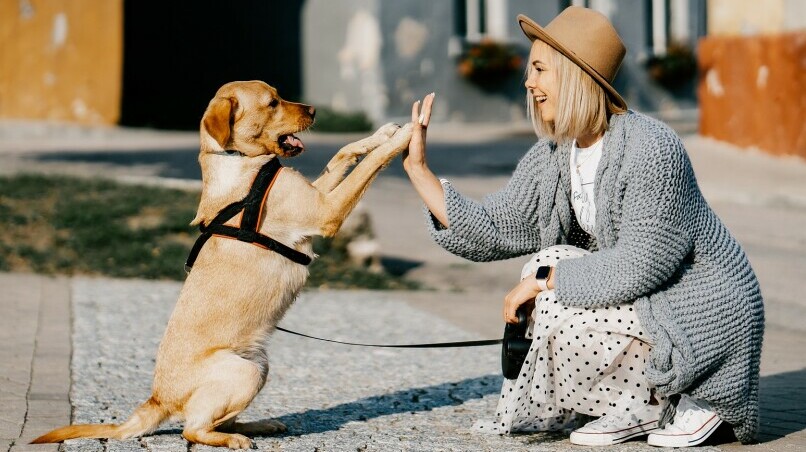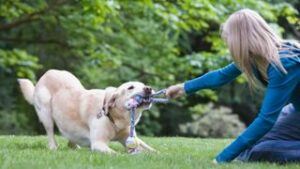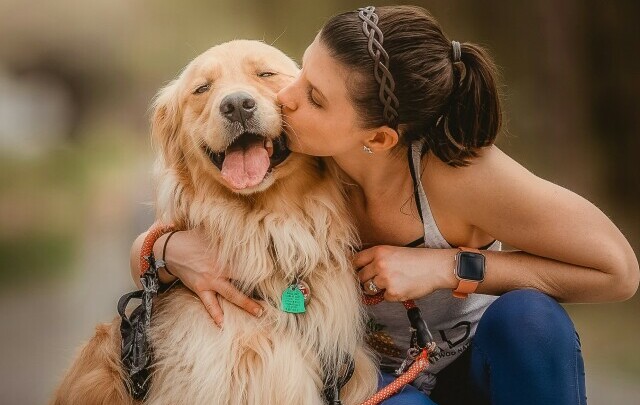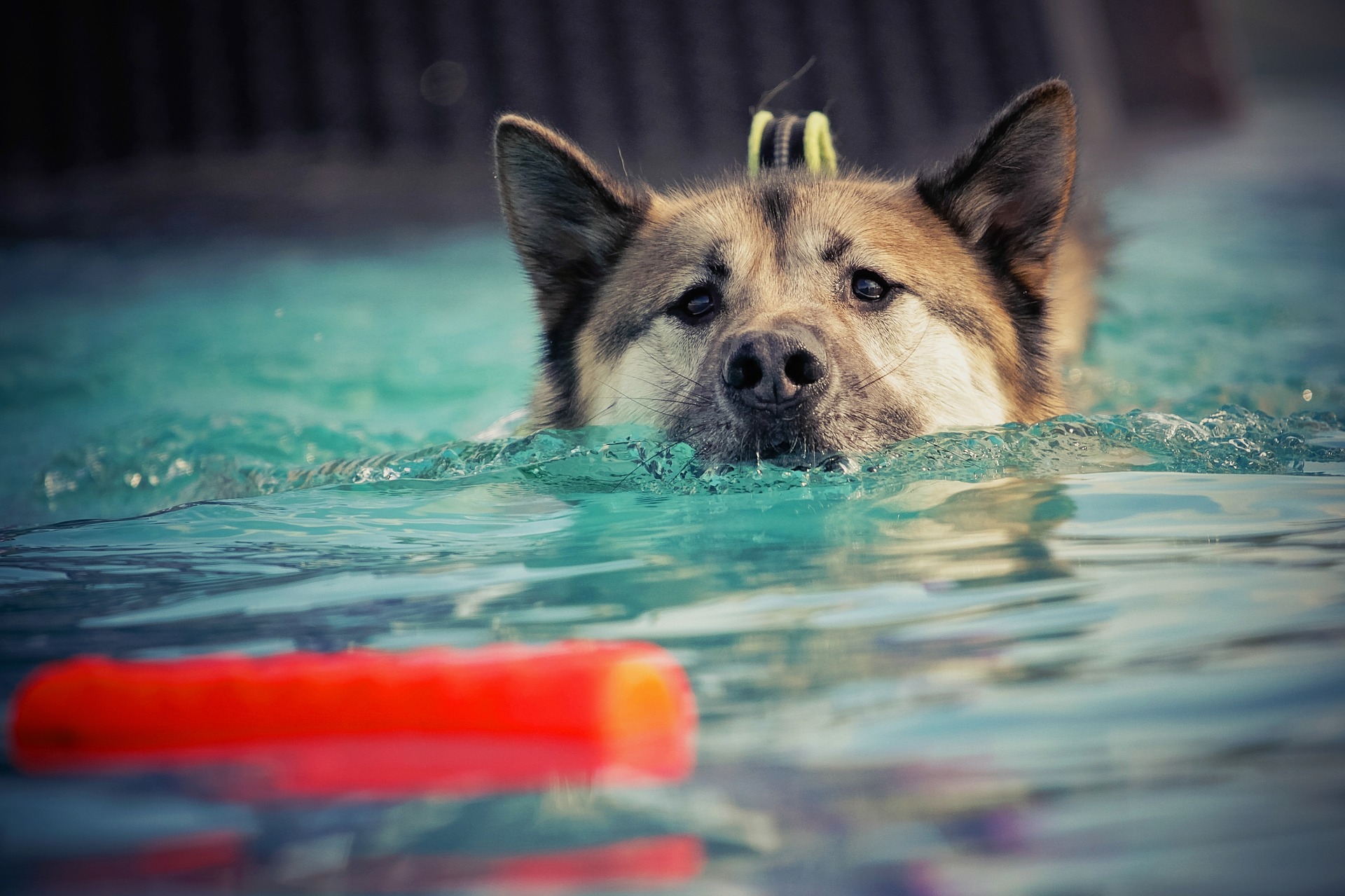I understand the unique bond between pets and their owners. It’s a relationship built on trust, companionship, and often, a mutual love for play and learning. In my own experience with pets, I’ve seen positive reinforcement open doors to remarkable behavioral progress and deeper connections. This isn’t just about teaching tricks; it’s about communicating in a language of mutual respect and reward.

The core idea of positive reinforcement is simple yet profound. I reward the behaviors I want to see more of, and by doing so, I encourage my pet to repeat those behaviors. It stands in contrast to approaches that focus on punishment for undesired actions, which can erode trust and cause stress for both the pet and the owner.
Researchers have shown why this technique is superior: it’s about the brain’s intricate wiring. When my pet does something right and receives a reward, their brain releases chemicals like dopamine that not only make them feel good but also reinforce the connection between the action and the reward. It becomes a self-perpetuating cycle of positive behavior.
Looking at both rewards-based training and traditional methods, the advantages of positive reinforcement are clear as day. Pets trained with positive reinforcement tend to be more eager learners, show less anxiety and fear, and develop a robust trust in their human partners. This sets the stage for a more harmonious relationship, all while achieving the behavior outcomes I aim for.
With the foundation laid, I’m ready to delve into the specific rewards that motivate my pet. It’s critical to reach beyond the treat bag to identify what truly drives my furry companion. In the following section, I’ll explore the diverse and effective rewards that go beyond the typical treats, providing insights on how to maintain your pet’s interest and enthusiasm in the training process.
Designing Effective Rewards: Beyond the Treat Bag
I recognize that the first thought when it comes to rewarding a pet might be to reach into the treat bag. But an effective trainer knows that variety is key to keeping a pet’s interest peaked. Here I’ll discuss the variety of rewards available and how to identify what truly motivates your unique pet.
Let’s start by getting to know your pet on a deeper level. Does your dog’s tail wag more fiercely when they get a belly rub, or are they unstoppable when it comes to chasing a ball? Identifying these preferences allows you to tailor your rewards to what your pet naturally treasures, taking your training sessions from routine to riveting.
Now, consider life rewards. These are the benefits your pet enjoys as part of daily life. For the feline who loves gazing out the window, access to their favorite perch could be more enticing than any treat. For dogs, it could be going for a walk or engaging in some tug-of-war after a command well followed. These rewards are powerful because they tie obedience to the joyful aspects of your pets’ day-to-day life.
Never underestimate the simplicity and sincerity of verbal praise and physical affection. A heartfelt ‘good boy’ or a gentle stroke can sometimes do more for your pet’s willingness to learn than the tastiest snack. The emotional connection that’s fostered when these rewards are used can significantly enhance your pet’s training experience.
Lastly, keeping your pet’s enthusiasm alive calls for a dynamic and varied rewards system. Using the same treat or praise might work initially, but over time, pets can become desensitized to repetitive rewards. To avoid this, alternate between treats, toys, life rewards, and affection to fully engage your pet in the learning process.
Timing Is Everything: Precision in Positive Reinforcement
The success of positive reinforcement hinges on its delivery. If you’re even a second late, your pet might miss the connection between their action and the reward. So, I stress the significance of IMMEDIATE reinforcement to effectively shape your pet’s behavior.
Timing is not just about being quick; it’s about being observant. It involves recognizing the exact moment your pet does something right and reinforcing it straight away. This approach turns everyday situations into teachable moments and allows for more organic learning opportunities.
Consistency is your best friend when it comes to reinforcing your pet’s good behavior. Whether it’s feeding time, play time, or training time, consistent reinforcement schedules help your pet understand and predict outcomes, which in turn stabilizes their learning process.
Sometimes, simple tools can make a significant difference. Take clickers, for instance. They’re effective for marking the exact moment your pet performs the desired behavior, bridging the gap between action and reward with a clear, distinct sound. This clarity fosters faster learning and more precise communication.
Advanced Techniques: Building on the Basics
Once you’ve laid the foundation with basic positive reinforcement, it’s time to elevate your training. Advanced techniques can increase your pet’s mental stimulation and further strengthen your bond. These methods aren’t just about teaching tricks; they encourage your pet to think more deeply and engage with you on a higher level.
One of the most exciting concepts in advanced training is the use of ‘jackpot’ rewards. A jackpot is a larger or highly desirable reward you give for an exceptional response or when your pet masters a particularly difficult command. It’s a way to communicate to your pet that they’ve done an outstanding job and should be especially proud of their achievement.
As you progress, gradually increase the difficulty level of tasks. Just like humans, pets thrive on overcoming challenges. Start with simple tasks and, as your pet learns, introduce more complex ones. This approach helps boost their problem-solving skills and keeps them engaged with the learning process.
Shaping and chaining are advanced strategies where you break down a complex behavior into smaller, manageable actions. In shaping, you reward incremental steps toward the final behavior, while chaining involves teaching a sequence of actions that ultimately lead to the final behavior. These techniques require a lot of patience and consistency, but the payoff is a pet capable of impressive feats.
 Finally, implementing a variable reinforcement schedule can be powerful. Once your pet has learned a behavior, start giving the rewards unpredictably. This strategy is based on the same principles that make gambling addictive: the uncertainty of the reward makes the behavior even more compelling.
Finally, implementing a variable reinforcement schedule can be powerful. Once your pet has learned a behavior, start giving the rewards unpredictably. This strategy is based on the same principles that make gambling addictive: the uncertainty of the reward makes the behavior even more compelling.
Through these advanced techniques, you will see your pet’s behavior improve remarkably. But it’s not just about obedience. Each step forward is also a step closer in your relationship, strengthening the trust and communication between you and your pet. And remember, the goal is not perfection; it’s about growth and learning together.
Real-world Applications: Positive Reinforcement in Action
The true merit of any training technique shines brightest when applied in real, everyday scenarios. Positive reinforcement isn’t simply a method confined to training sessions; it permeates all interactions with your pet, providing a foundation for a lifelong, harmonious relationship. By extending lessons from controlled environments to the dynamic, often unpredictable world, you can empower your pet to navigate new situations with confidence.
Consider a case study where a previously anxious dog learns to trust its environment through positive reinforcement. Here, the gradual introduction of stimuli paired with rewards helped the dog associate potential stressors with positive experiences. This transformation isn’t achieved overnight; it underscores the importance of patience and the power of consistent, positive interactions.
Successfully integrating positive reinforcement techniques into different settings, such as busy streets or parks, pivots on adaptability. It’s about tailoring your approach to suit various distractions and challenges that these environments present. Take into account the sensory overload your pet might face and offer reinforcement that equals the level of distraction.
The transition from intentional training to intuitive daily interaction isn’t always seamless. But remember, positive reinforcement is a journey, not a race. The key is to remain consistent. Reinforcing desired behaviors should become a natural part of your interaction with your pet, eventually transforming training into second nature for both of you.
In closing, it’s about adopting a perspective that views training as an ongoing conversation with your pet rather than a series of commands to be followed. Wear your patience like armor and arm yourself with an arsenal of positive reinforcement tools. Celebrate small victories and remember that each step forward is a step toward a happier, well-adjusted, and well-trained companion.
Kind regards Tim



Hi Tim! Your insights on positive reinforcement techniques are truly enlightening! I appreciate how you emphasize the importance of understanding our pets on a deeper level and tailoring rewards to their unique preferences. Have you encountered any challenges in applying these techniques across different environments? Looking forward to your next post!